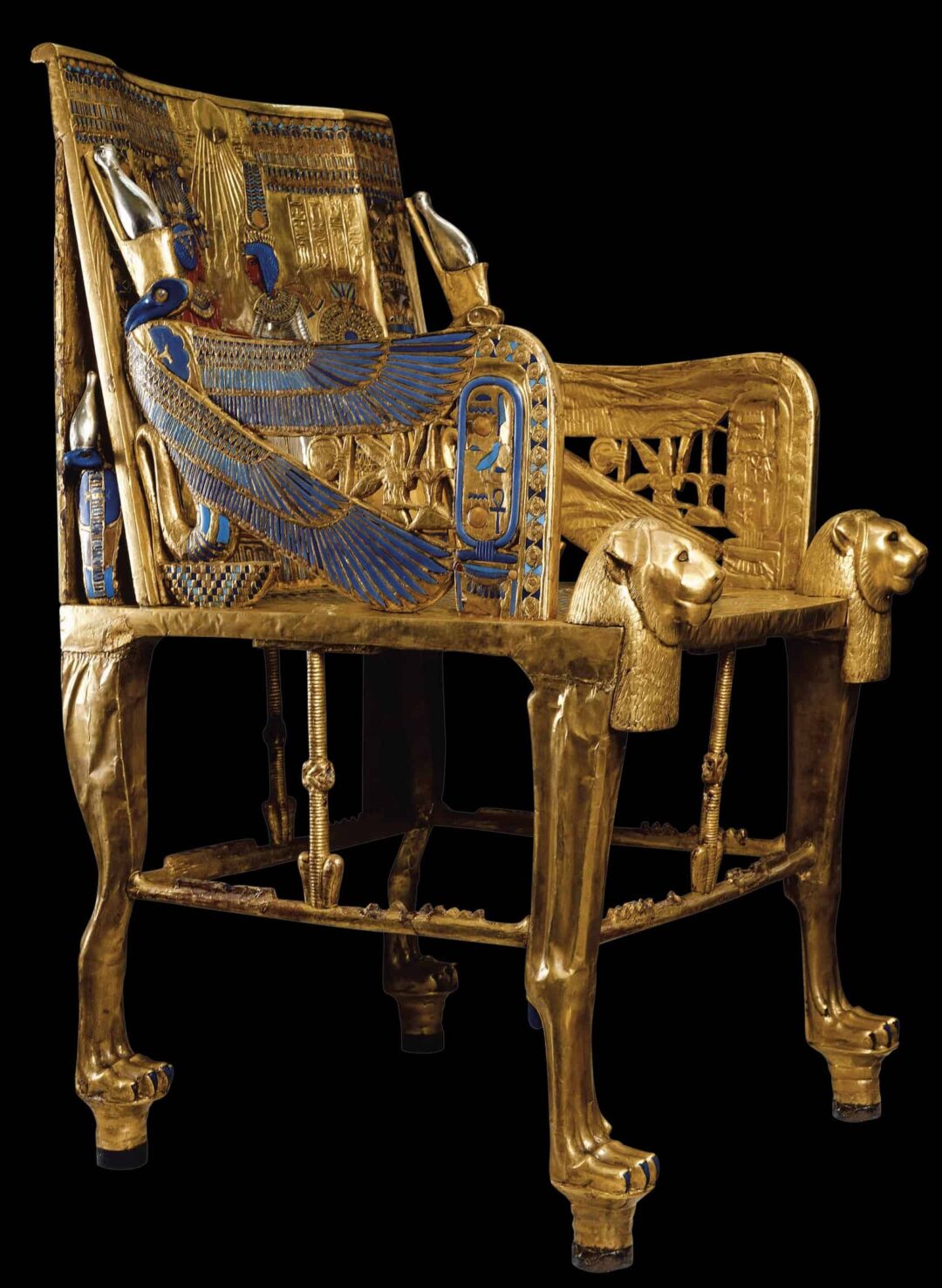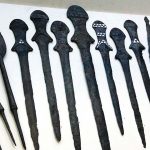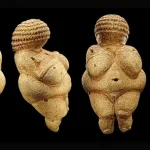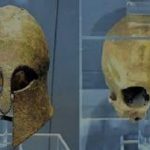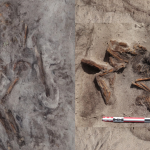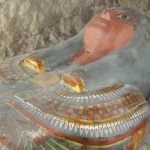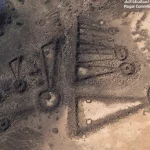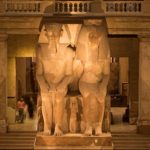The Golden Throne of King Tutankhamun
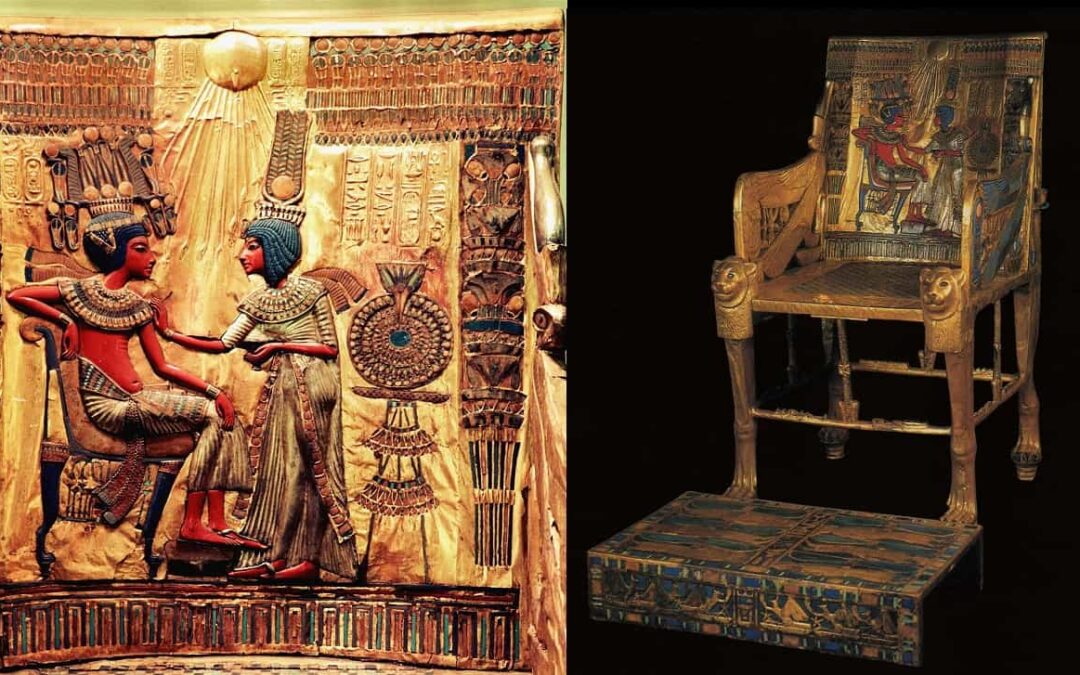
King Tutankhamun’s Golden Throne is not only a masterpiece of Ancient Egyptian craftsmanship, but also one of the most remarkable works of art in human history.
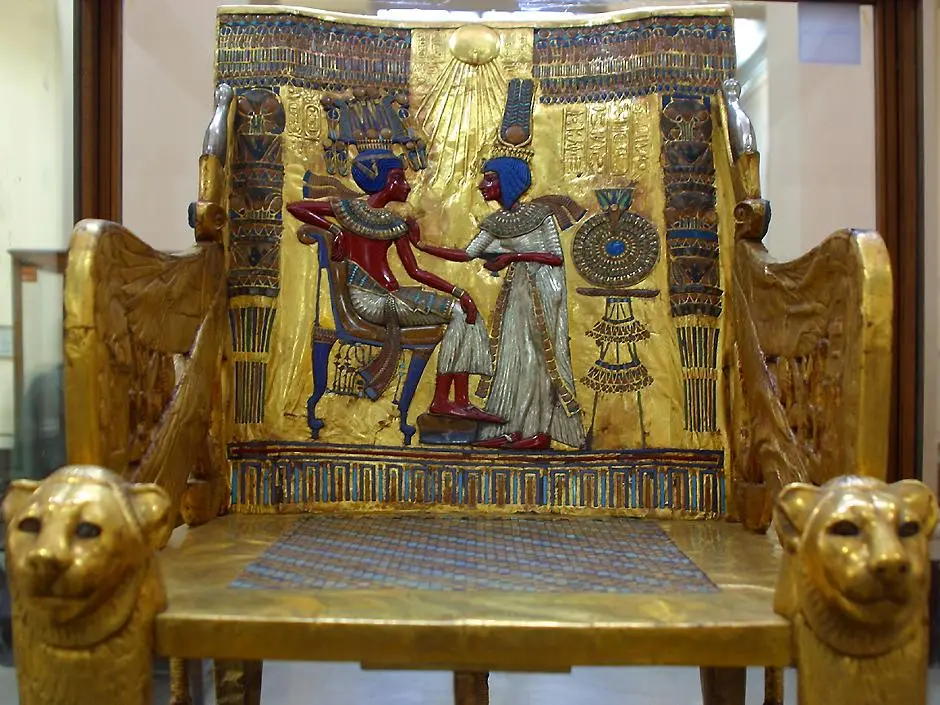
In ancient Egypt, as in many Eastern cultures, the throne was a powerful symbol of authority and prestige. Six chairs were buried with Tutankhamun, placed throughout the antechamber and the annex of his tomb.

In the Egyptian language, the word for “throne” is ist, which was also the emblem of the goddess Isis. As such, the one seated on the throne was symbolically regarded as the son of Isis—namely, the god Horus. This connection reinforced the divine nature of kingship: the pharaoh was seen as Horus incarnate, worthy of sitting on the lap of the goddess.
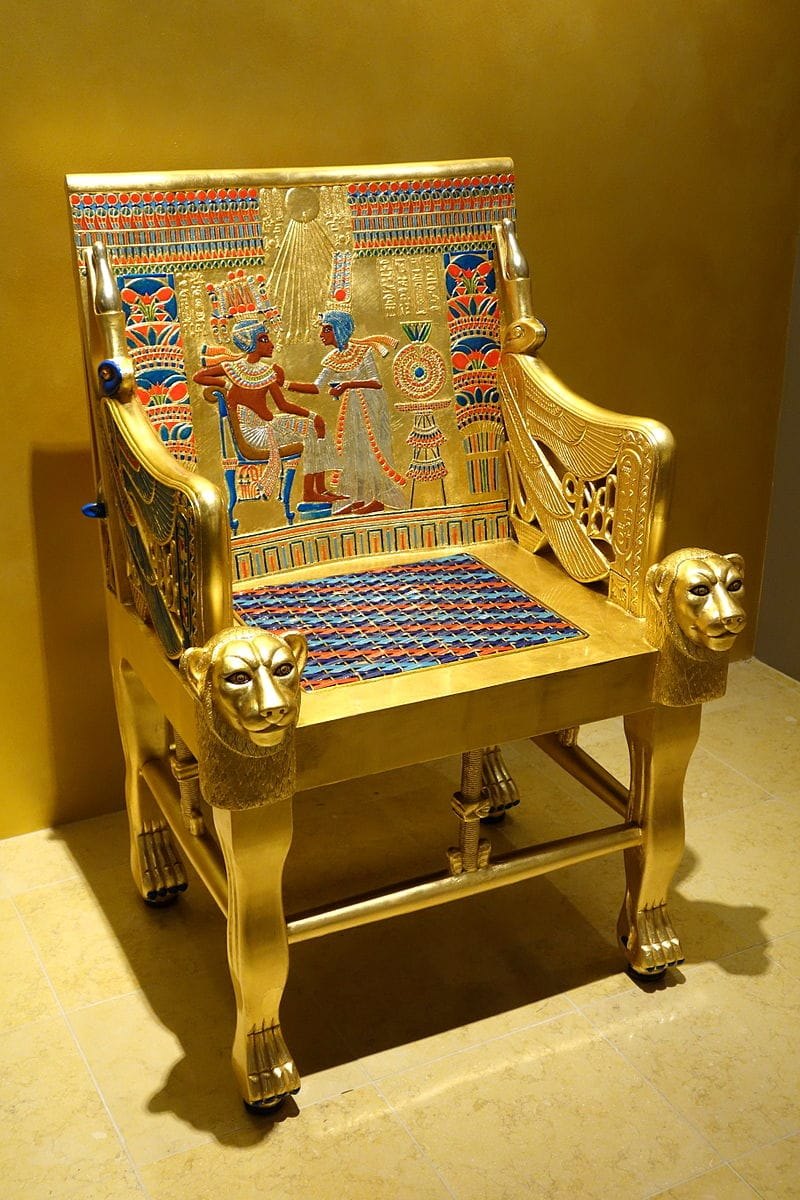
The renowned archaeologist Howard Carter discovered five additional thrones and chairs belonging to Tutankhamun, found scattered in both the annex and the antechamber of tomb KV62. The most famous among them—the golden throne—was found covered with folds of black linen shrouds beneath a hippopotamus-shaped funerary bed in the tomb’s anteroom.
